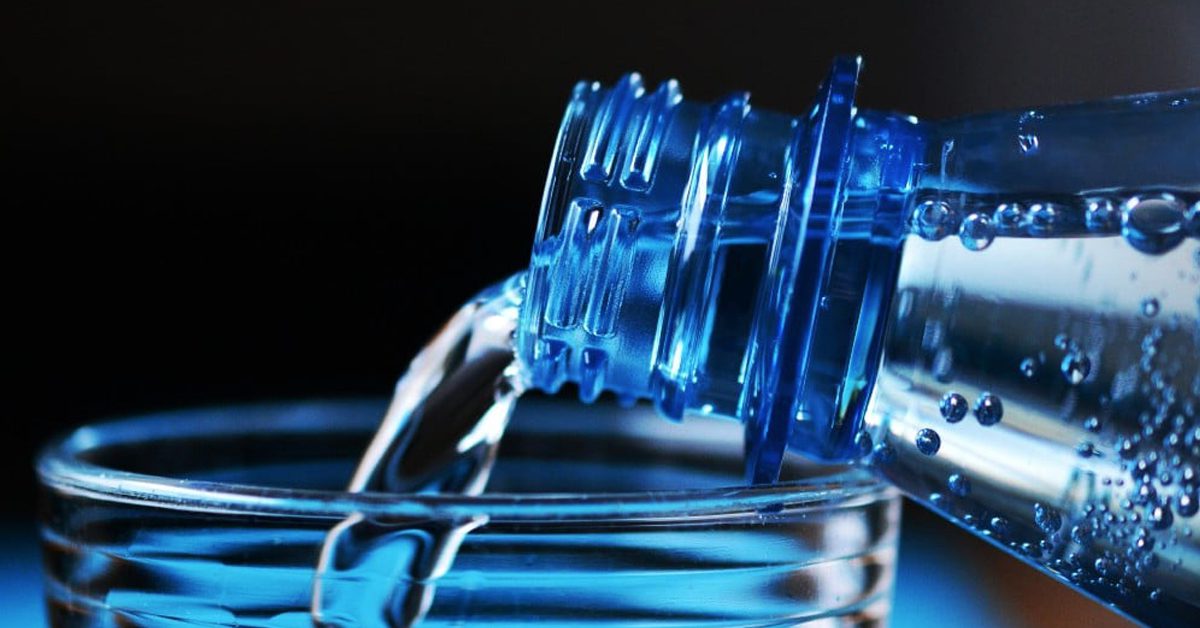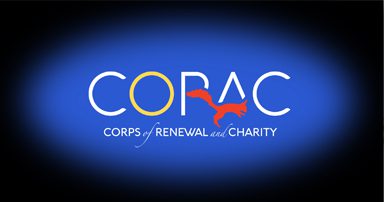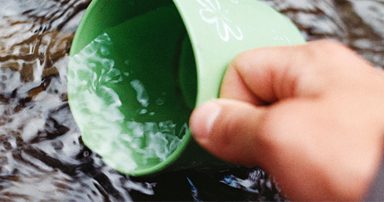There has been a lot of discussion recently about water, water purity, and what to do if there is a water emergency. This paper will attempt to answer most of those questions.
First, it is best to have a supply of emergency water on hand. This can be bottled water, water stored in jugs or other large containers, or 50 gallon barrels. If, for some reason, the supply of municipal water or well water is interrupted or, because of a natural disaster that has washed away or destroyed your emergency supply of water, river, stream, pond, or lake water can be used if available. There are three methods for making water safe to drink.(1)
Boil: If water is clear, the water should be brought to a rolling boil for 1 minute at elevations up to 6.500 feet and below and 3 minutes for elevations above 6,500 feet, will take care of viruses, bacteria, especially the parasites Giardia and Cryptosporidium If water is not clear, filter it using a t-shirt, coffee filter, or paper towel. You can also allow it to settle and draw off the clear water. Then boil as recommended above. There will be some sediment that settles to the bottom. Draw off the clear water for use. To overcome the flat taste of the boiled water, add a pinch of salt or pour the water back and forth between two containers or allow the water to sit for a few hours.
Disinfect: If boiling is not possible, you can use unscented household chlorine bleach, iodine, or chlorine dioxide tablets, though these are not as effective. Giardia is especially resistant but chlorine dioxide tablets will kill Cryptosporidium if you follow the manufacturer’s instructions carefully.
Tables for using bleach for disinfection are given below. Check the active ingredients label for the percentage of sodium hypochlorite. Please note that bottled bleach expires after 6 months.

Chemical disinfectants can be used with some caveats. Be sure to follow the manufacturer’s instructions when using chemical disinfectants. Chlorine dioxide tablets will kill germs and Cryptosporidium but not Giardia. Regular chlorine tablets, iodine tablets, or tablets with tetraglycine hydroperiodide, will kill most germs but not Cryptosporidium. The CDC gives the following warning: Water that has been disinfected with iodine is NOT recommended for pregnant women, people with thyroid problems, or those with known hypersensitivity to iodine. It’s also not recommended for continuous use—don’t use it for more than a few weeks at a time. Solar disinfection is also an option if you cannot boil the water or do not have filters or disinfection tablets available. It is not as effective in reducing germs. First, put clear water in clear plastic or glass containers that have lids. Cloudy water does not work as well because the small particles in the water will block sunlight. Place the containers on their sides, preferably on a dark background. Leave in the sun for 6 hours if the weather is sunny or two days if the weather is overcast.
Filter: Pick a water filter that has an absolute pore size of 1 micron or smaller. This will filter out Giardia and Cryptosporidium but not viruses or bacteria. After filtering the water, add chlorine, chlorine dioxide, or iodine to kill viruses and bacteria. You can also make a water filter. Here are four ideas for making simple water filters for emergency situations. How to Make a Homemade Water Filter (4 Easy DIY Projects) (waterfilterguru.com)
Over all, the best method for making safe drinking water is boiling.
What if you suspect the water around you has other contaminants such as heavy metals or PFAS? It would be a good idea if you suspect these contaminants in the area water to have your most likely emergency source of water tested beforehand to find out what you might be dealing with.
There are three methods of removing heavy metals from drinking water.(2) One is rather surprising.
- Cilantro!(3) I know some of you were asking the question of what to do with your extra cilantro. Well, now you know! You can take cilantro, fresh or dried, or its seed, coriander, or an extract to put into your water. The chelating effect of Coriandrum Sativum removes heavy metals by attaching to the metals and making them inert. They are then harmlessly secreted by the body. For further mind-numbing reading on the process, see Chelation – Wikipedia. Time Magazine had a short article on the use of cilantro to remove heavy metals in water with some instructions here: Cilantro: More Than An Herb, It Can Purify Water Too | TIME.com
- Reverse Osmosis Units: While these work very well, they are quite bulky, can be difficult to use without water pressure, require more maintenance, and are very expensive. They are not a practical alternative in most cases in an emergency.
- Distillation: Distillation turns water into steam and then the steam is collected and funneled into a container as it returns to its liquid water form. If the water is not clear, filter it first. There are a few methods to make a distillation set up from simple to more complex. Here is one using just plastic bottles. How to Make an Emergency Water Distiller With Plastic Bottles – SurvivalKit.com This one uses pits, bags, and vegetation: How to Make Water in the Desert: 15 Steps (with Pictures) (wikihow.com) This one is a bit more complicated and needs some planning ahead. DIY Camp Water Distiller (chicksontherocks.com) Here is a filter that removes heavy metals and PFAS. Water Filters & Water Filter Pitchers – Clean Water at Home – ZeroWater This one uses a pressure cooker/canner. How to use your pressure cooker as a water distiller – Magefesa USA You can also buy home distillation systems.
Oil or gasoline contamination of water is a difficult problem. Some homemade filters using sand and charcoal have been recommended here How can I remove oil from drinking water if drinking water becomes contaminated? | ResearchGate which is the only discussion of this problem I could find but most solutions are of an industrial nature and scale. If you suspect there is oil or gasoline in the water, it is best not to attempt to use it.
Finally, we have PFAS which come from many common sources like non-stick cookware, water and stain resistant carpeting, pesticides, household cleaning products(4), and are very stable compounds that do not readily decompose.(5) There is not a lot known about them yet or what harm they may cause. It seems that the only way to remove these compounds from a water source is through filters that are certified to remove PFAS(6) such as the ZeroWater Filter.
References
- Making Water Safe in an Emergency | Water, Sanitation, & Hygiene-related Emergencies & and Outbreaks | Healthy Water | CDC
- Removing Heavy Metals from Water 3 Different Ways (modernsurvivalonline.com)
- EVALUATION OF THE CHELATING EFFECT OF METHANOLIC EXTRACT OF CORIANDRUM SATIVUM AND ITS FRACTIONS ON WISTAR RATS POISONED WITH LEAD ACETATE – PMC (nih.gov)
- What are PFAS, PFOA, and PFOS? – Culligan Water
- Per- and Polyfluoroalkyl Substances (PFAS) | US EPA
- Meaningful and Achievable Steps You Can Take to Reduce Your Risk | US EPA





















0 Comments